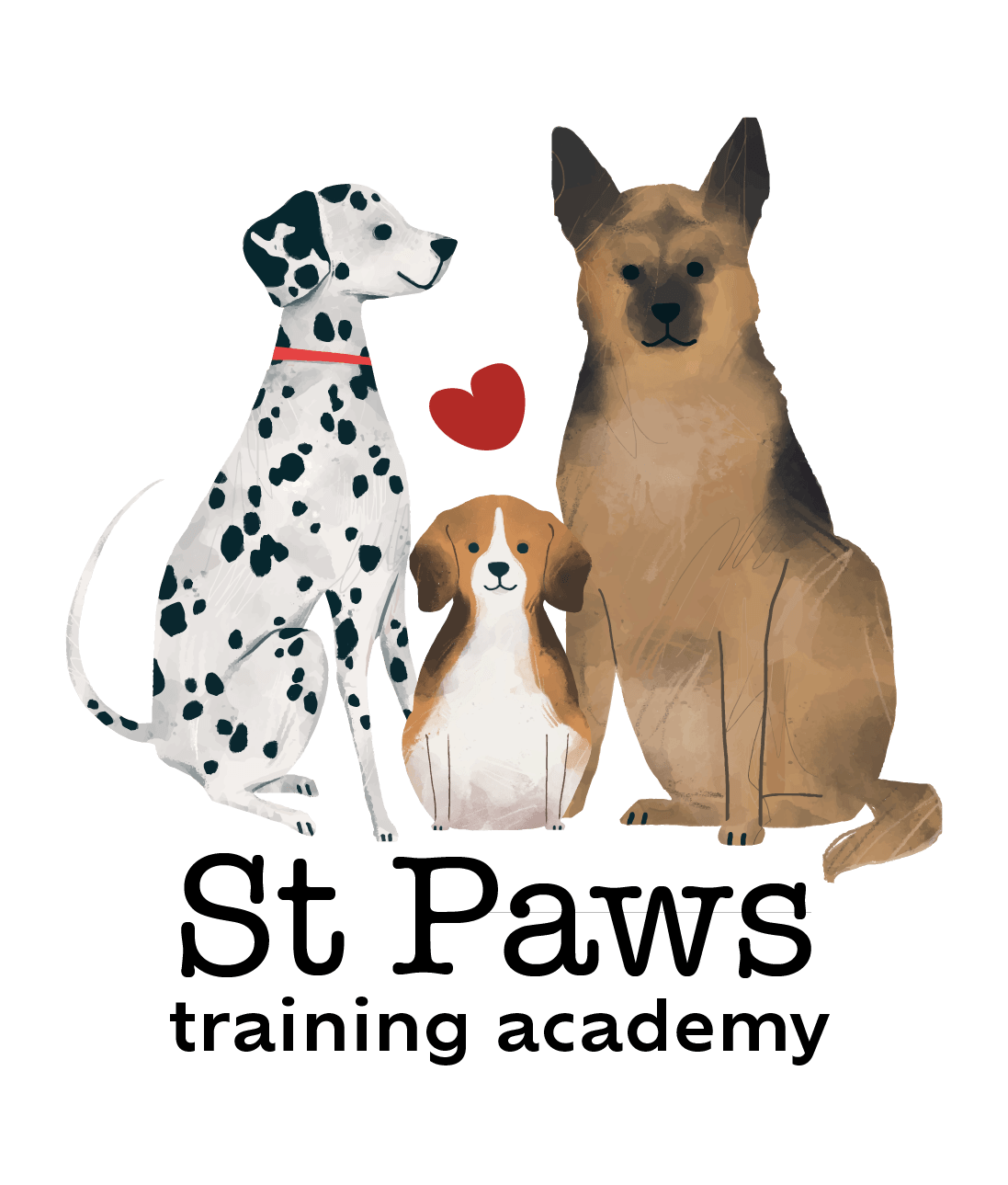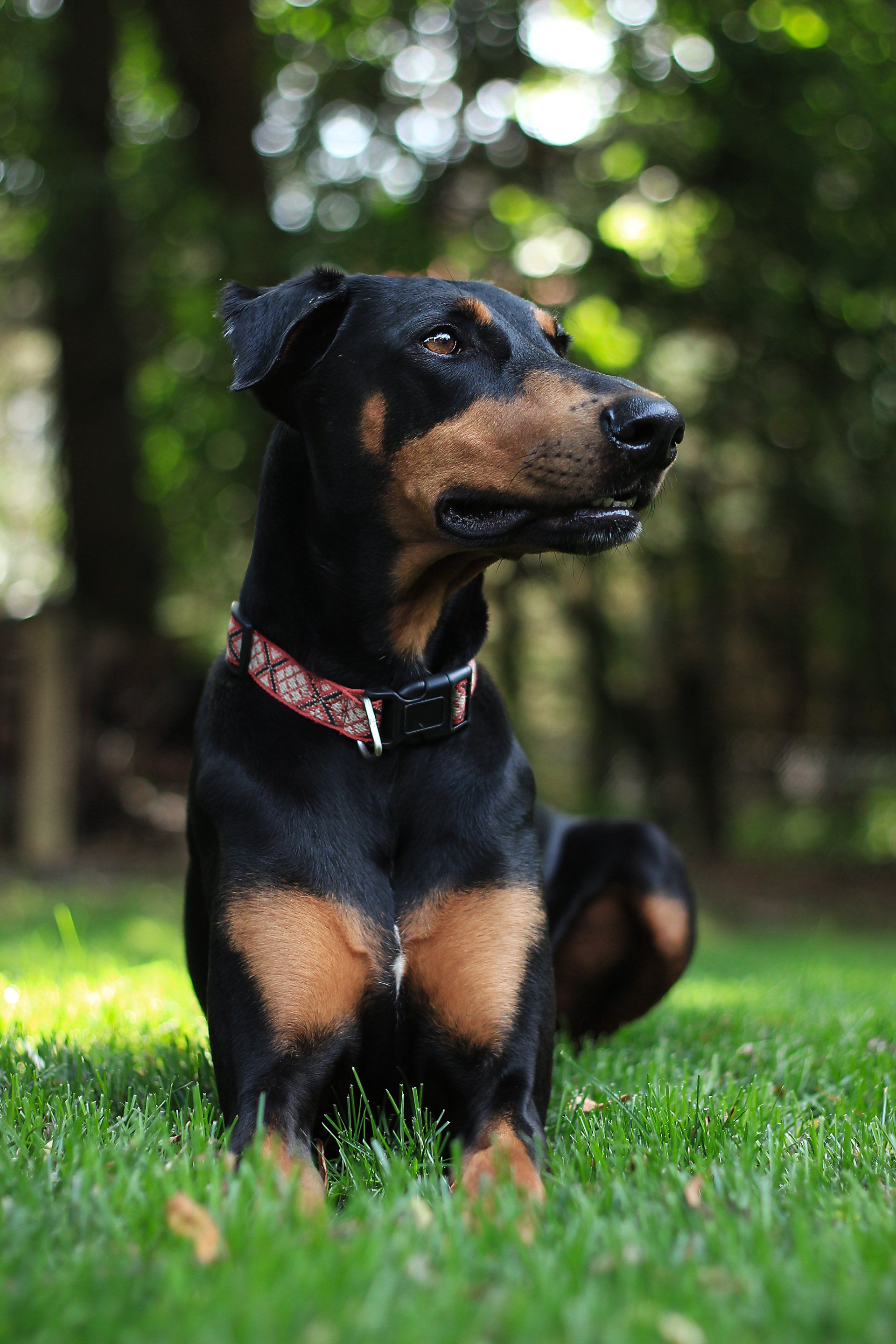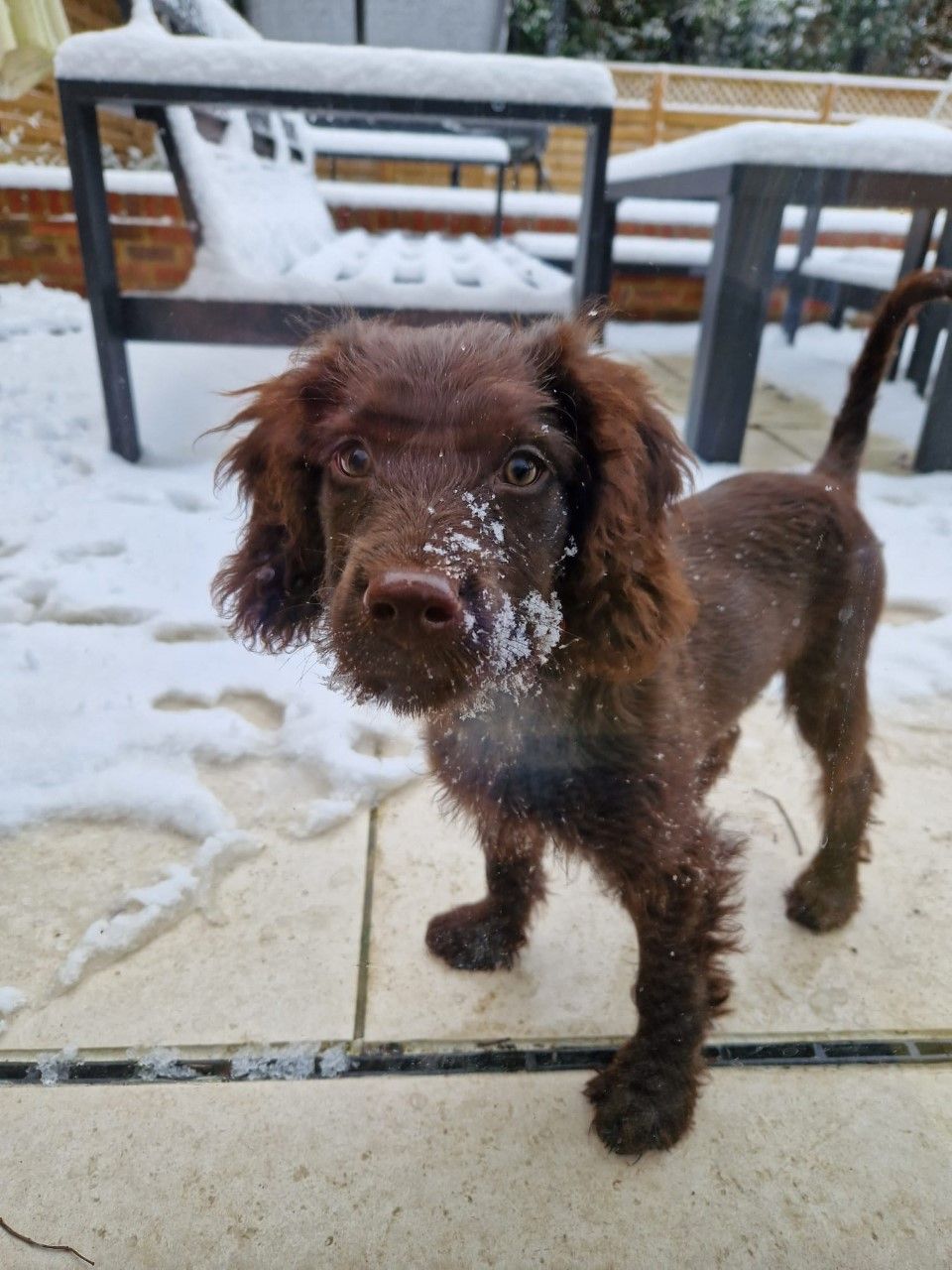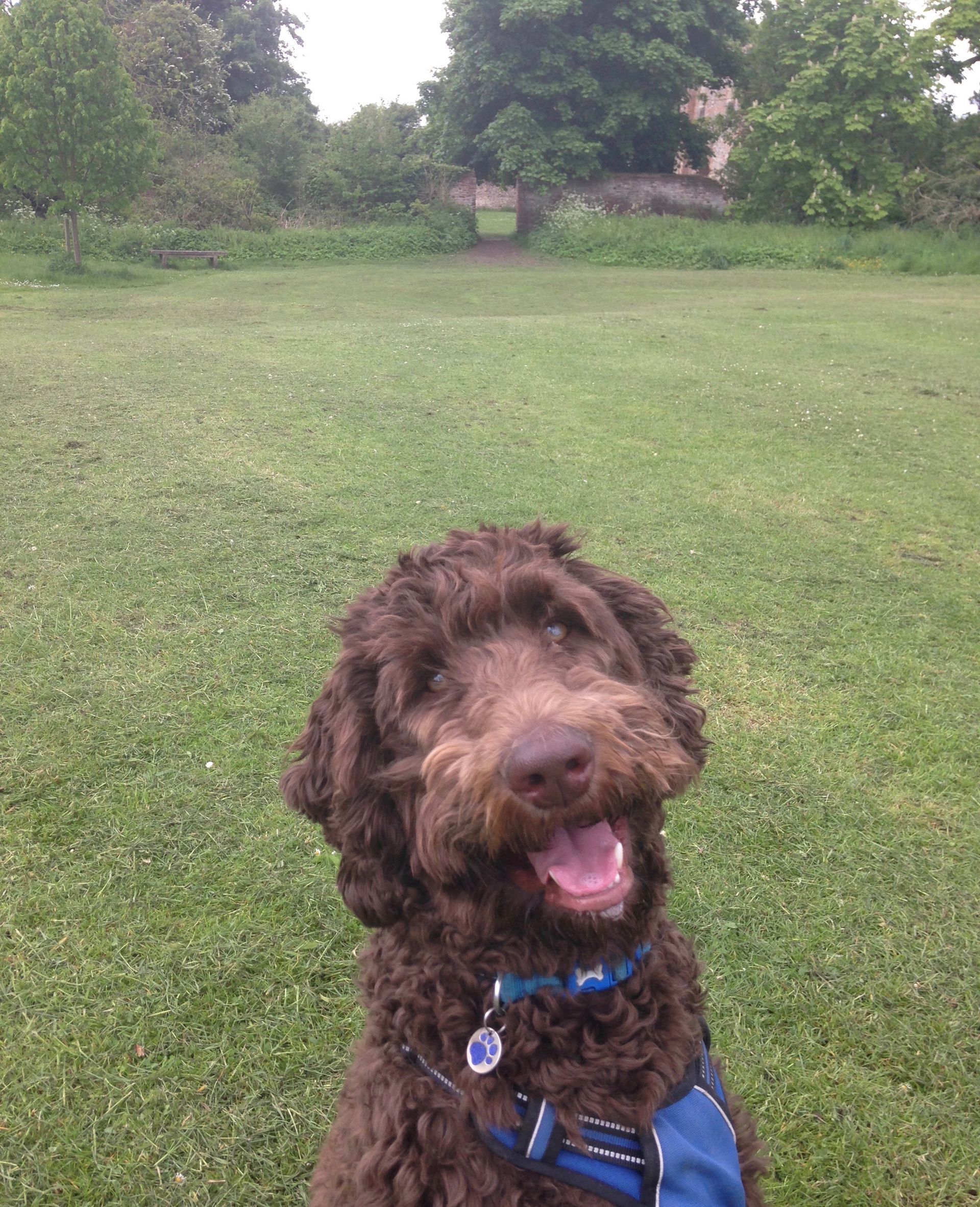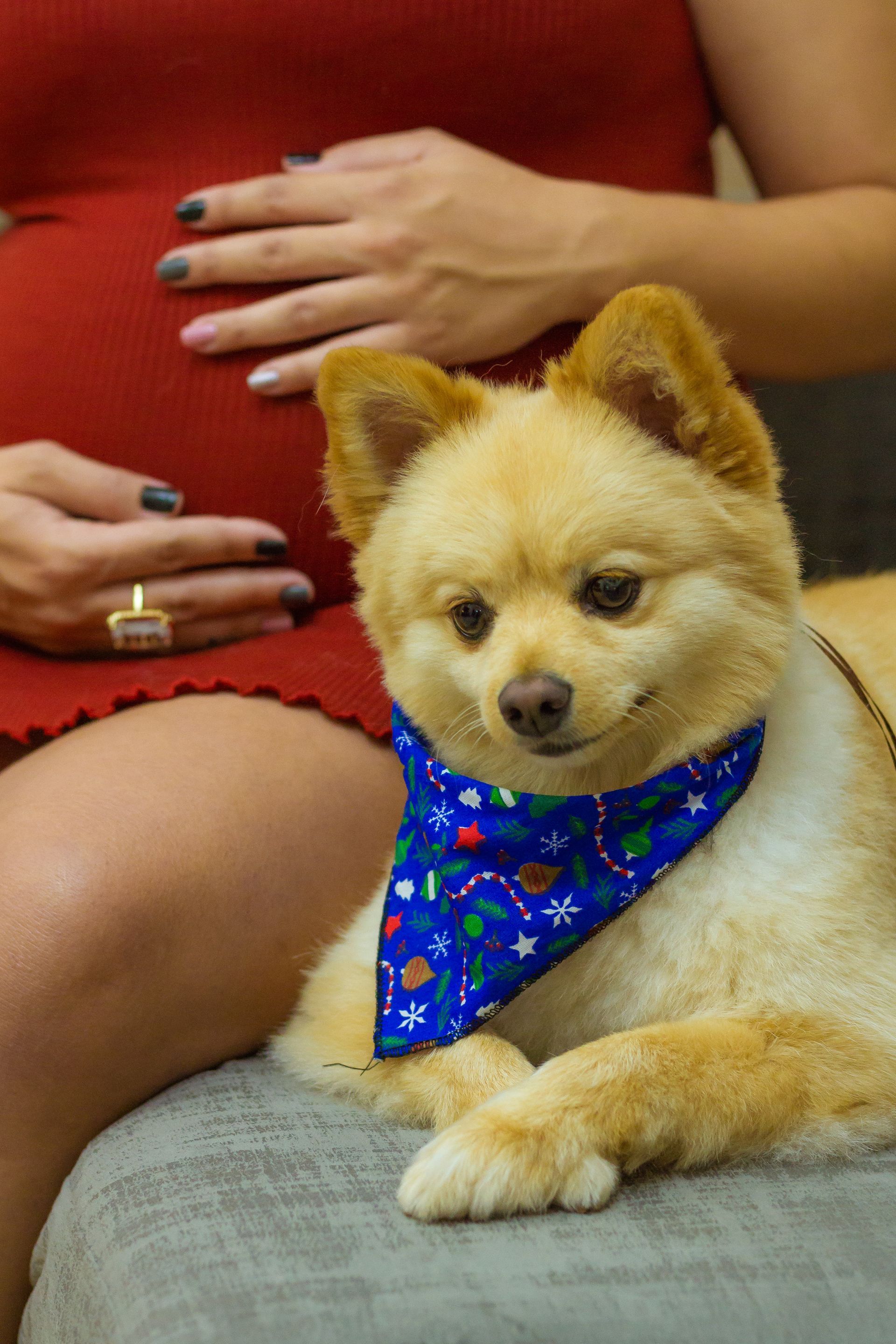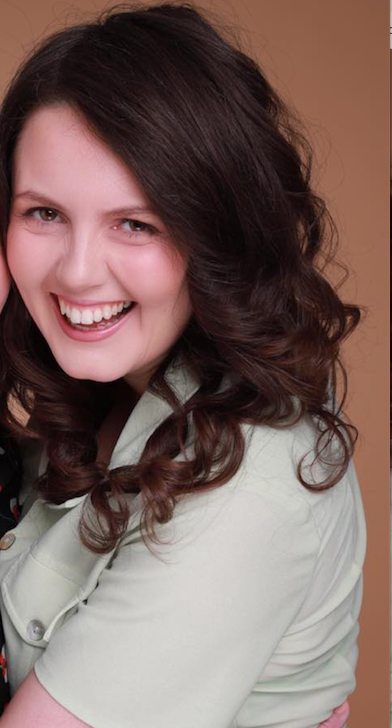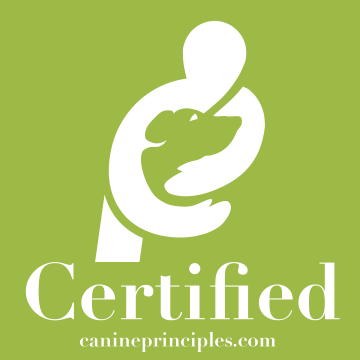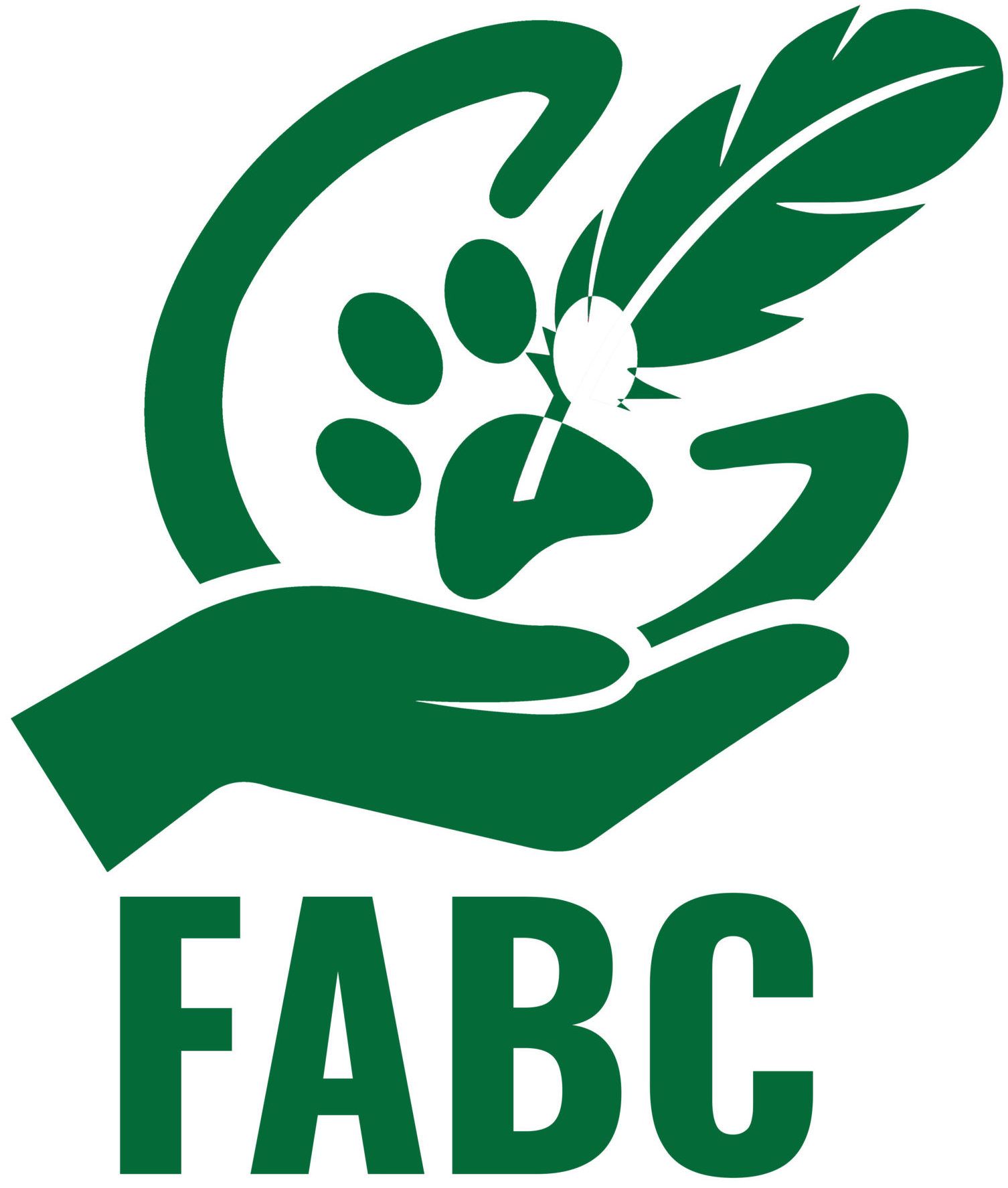Why fear and compliance is not the same as training dogs
I sometimes hear people say that dogs are being stubborn, dominant and trying to get one over on us.

When dogs are puppies we may tolerate their behaviour and state that they’re just a puppy and still have time to learn. However when a dog hits about 5 months old our tolerance towards their behaviour is often shorter. The selective deafness, jumping up, chewing items, not coming back when called is sometimes deemed as refusal to listen. The adolescent period, is sadly, the time when most dogs get relinquished to a shelter as people cannot cope with their behaviour any more. People may tell you you need to give them a firm hand and show them who’s boss. This is wrong.
During the adolescent period there are massive brain changes. This makes everything so much more exciting than ever before. Dogs at this age really lack impulse control. They are not trying to punish you, and their behaviour is not pre-meditated. This time, although hard, needs to be a time of understanding. Helping dogs by going to a calmer environment and setting them up to succeed doesn’t mean we are ‘making a rod for our own back’ or ‘being soft’. It shows that we understand dogs and their behaviour and want to help them and keep them safe. Punishing them by tapping them on the nose can lead to aggressive behaviour. Time out’s can build frustration. We also cannot communicate to them why we are doing this, so a hand punishing them can be intimidating and scary and lead them to fear hands. This can damage the relationship and sever bonds.
Connection not correction is so vital at this stage. Compliance through fear can lead to dogs who are more unpredictable as they shut down. Allowing a dog to rehearse a behaviour during adolescence may result in an engrained behaviour.



